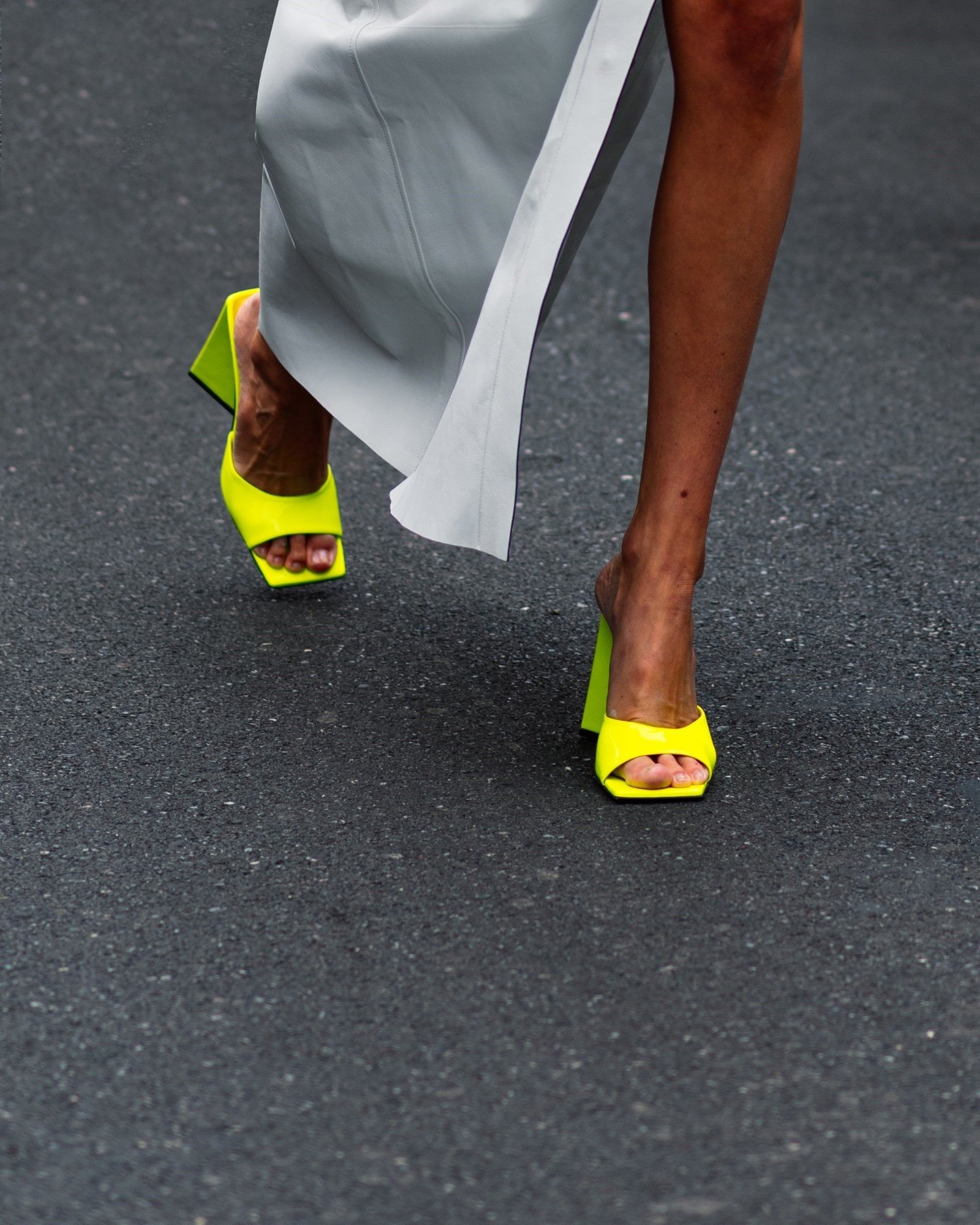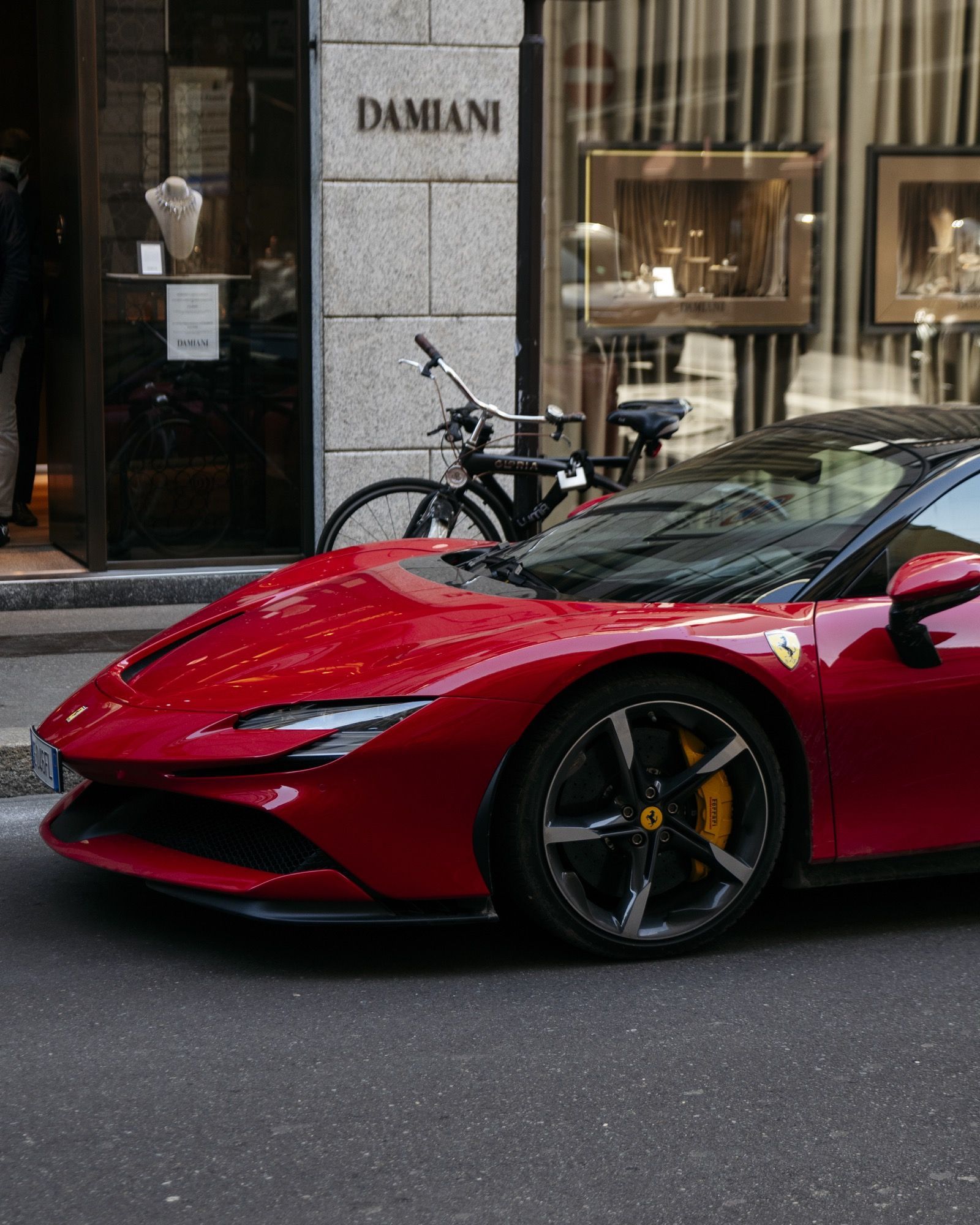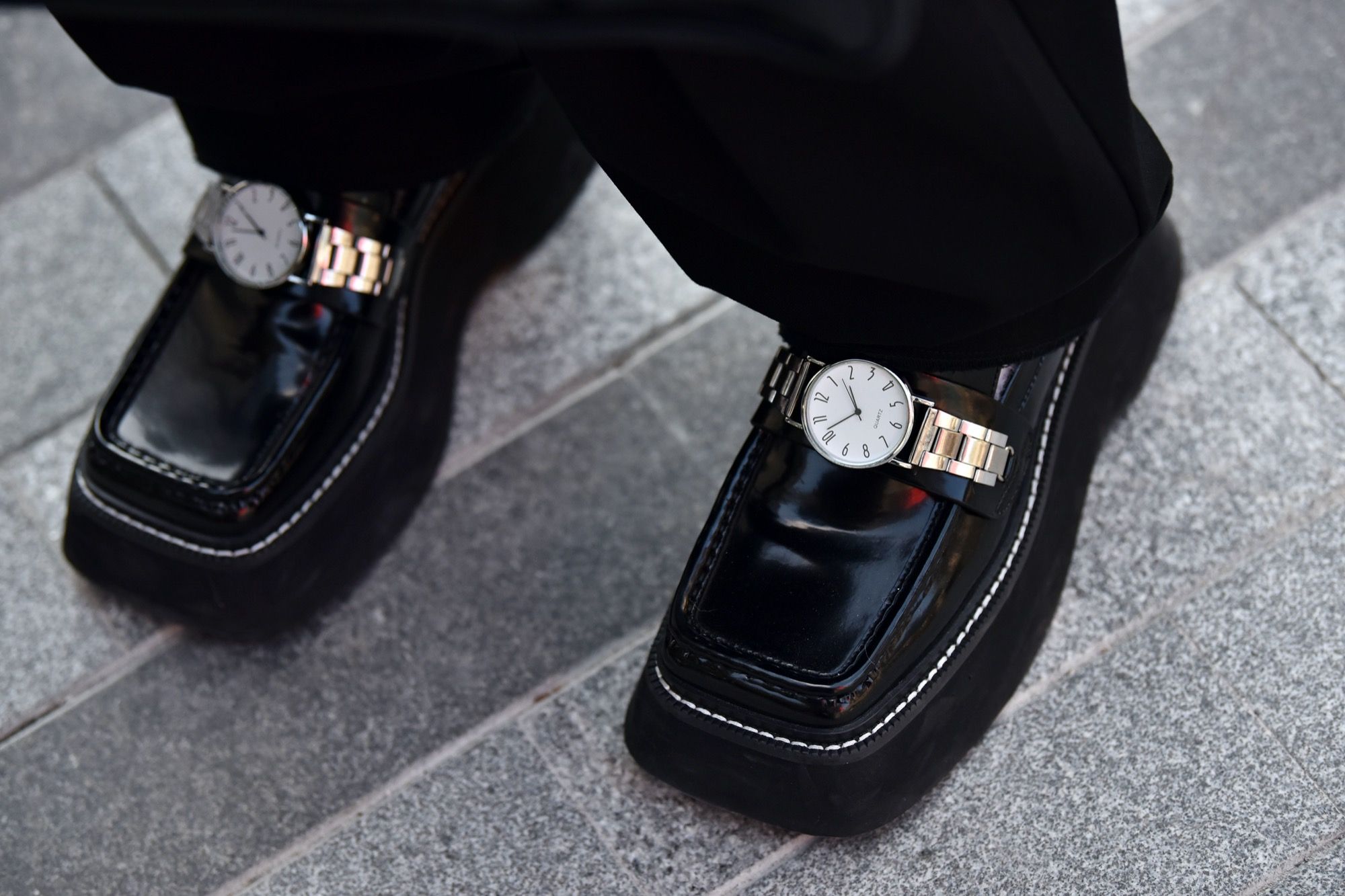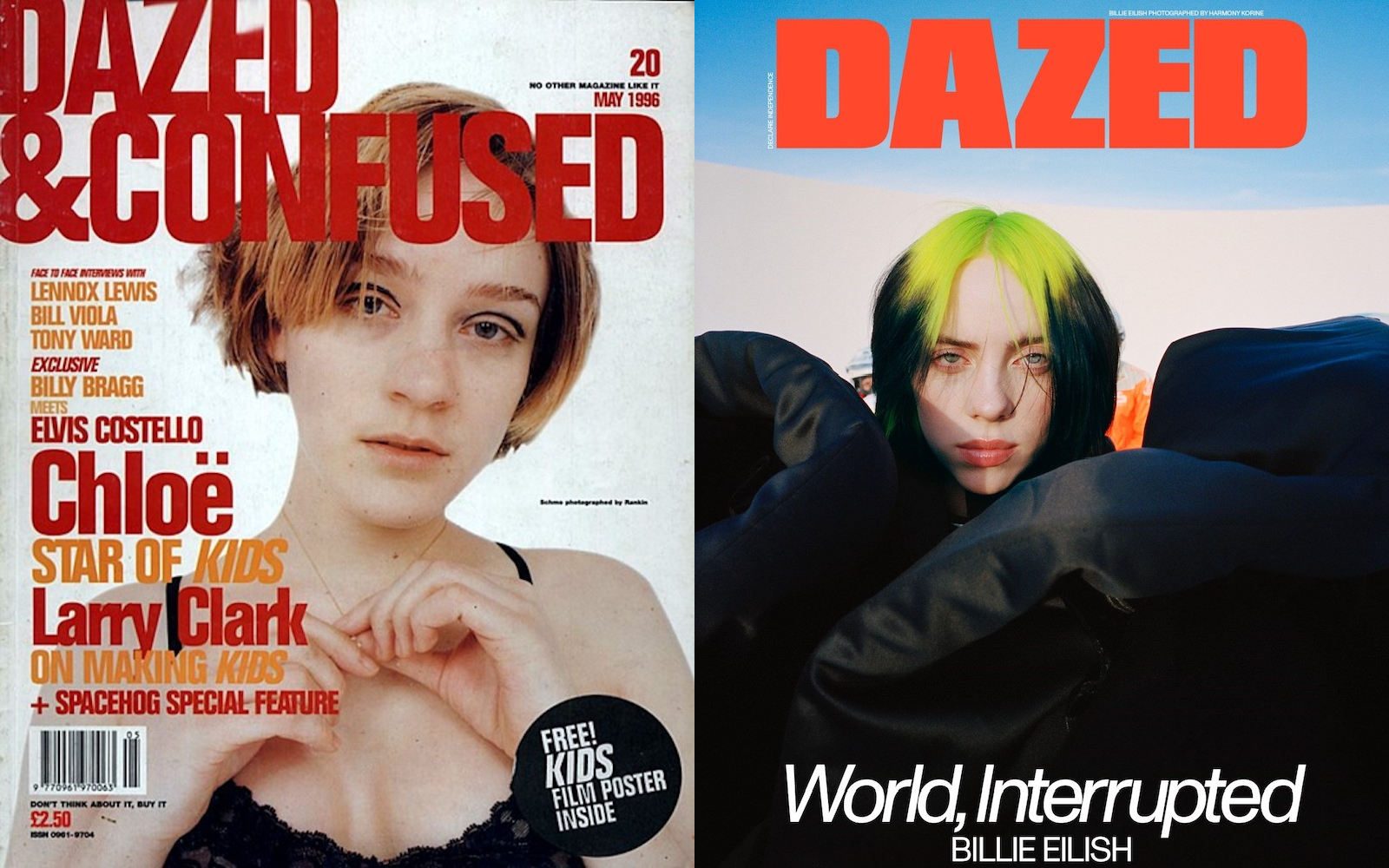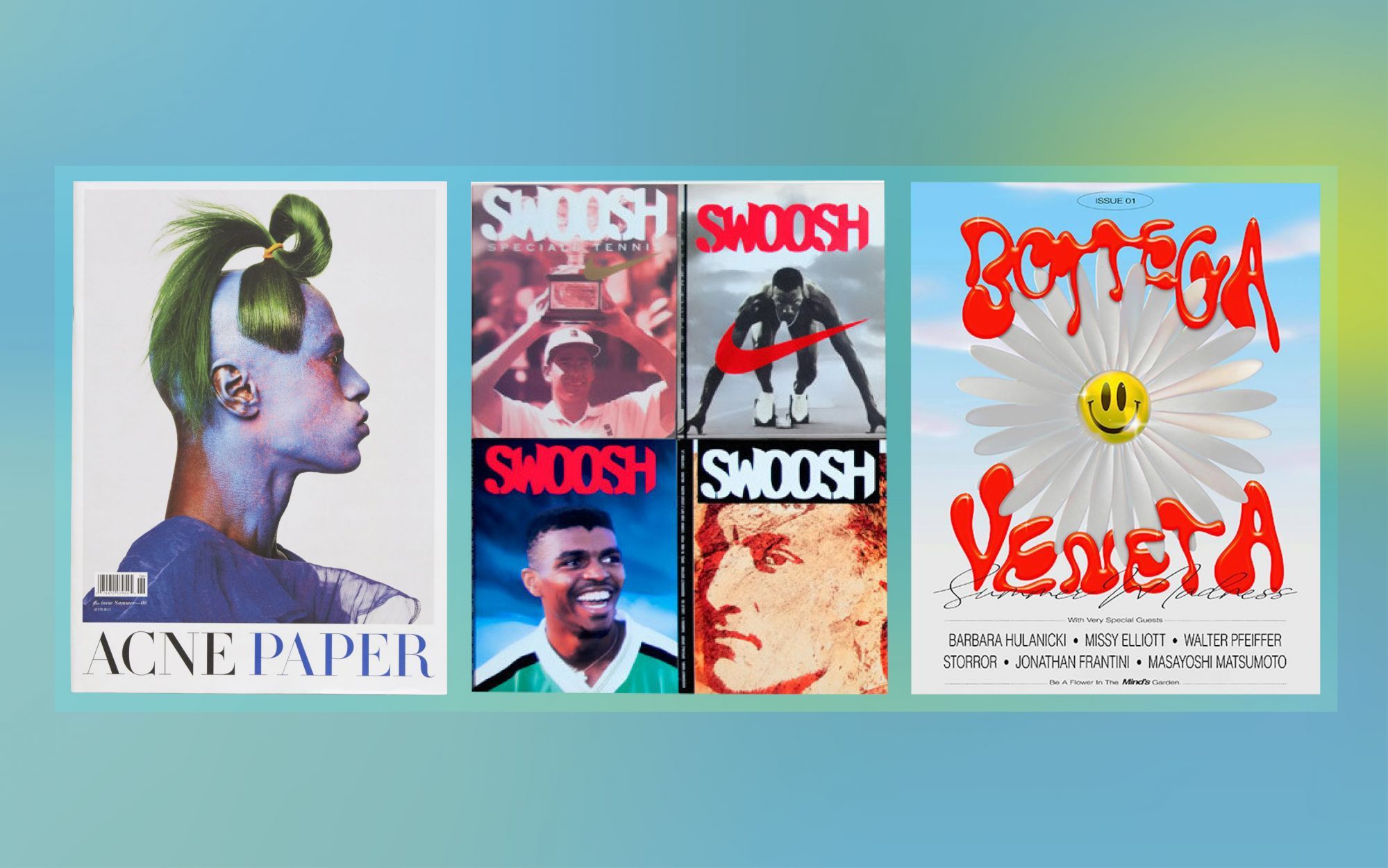
How a contemporary fashion magazine should sound like, in my opinion A peek under the hood of the visione that has led nss magazine and that will continue to do so in the future
I have never appreciated the meta articles that speak about the magazines in which they are published, but sometimes it is right, interesting or necessary to allow a guided peek behind the scenes. In this case it is a pleasure - or perhaps already nostalgia - because from January 2022 after three years I will leave the editorial direction of nss magazine. Avoiding tears and personal stuff that are not in the interest of the reader, what I would like to offer is a brief and as satisfying as possible overview of the principles that have guided the work of the nss magazine team ferrying - thanks to the work of the whole team - to what it is today.
In Italy there are still many topics about which one can't talk, sex and money, some that are taken too seriously (football?) and others that are considered superficial and frivolous, including fashion. It is one of the contradictions of a country that lives on aesthetics (and therefore on fashion) but then when it has to talk about it in most cases you slip either on the rhetoric of Made in Italy or on the reassuring image of fashion stopped at the Devil wears Prada. Today, the relevance of the sector is central to almost every aspect of contemporary culture, particularly in its links to phenomena apparently outside the fashion industry.The idea that governs the editorial choices of nss is precisely to make a magazine that is a guide of what is relevant, selecting specific topics and trying to explain them starting from the aesthetic aspect. As strange as it may seem to say, there is demand for content, there is demand for culture, behind the scenes of phenomena that happen every day in the streets and feeds. An approach that is inherent in the DNA of nss, born as a streetstyle blog in 2009, at the beginning of the paradigm shift of contemporary culture, in which the relationship between street and catwalk has been overturned.
The goal is ambitious and complex, given the very fragmented vision of Italian pop culture that tends to reason in watertight compartments and avoid taking seriously those who talk about clothes, also the fault of publishing linked to fashion, for years trained in economic short circuit inattentive to the new audience raised by streetwear that launched the hype industry of that game of layers of meanings. It is they - that is, the millennials first and then Gen-Z - who have revolutionized the industry and above all the meaning of what luxury is today. The choice of topics of nss magazine has a global horizon, because today aesthetic phenomena run on algorithms, but the focus and declination is on Italy, which today needs a story of its contemporaneity that is not lost in nostalgia or provincial subordination: trends that are born abroad have an impact on Italian culture, phenomena such as Alexander Michael or the Maneskins. From fry-cooks to the metaverse, passing through Balenciaga and Paolo Gucci, digging into fashion stories often means finding patterns that are repeated, cause-effect links of which we did not know the existence. Those who observe the fashion industry have a privileged perspective on the cultural changes of the world: here things happen before - perhaps in a grotesque, clumsy and incomplete way - but today fashion is the sector that opens the roads and drives other industries. The theme of the Future - which is often represented as a cold and frightening place - today is the key theme for the industry, to be linked to practical and real events such as sustainability, digital fashion and the change of cultural paradigms. Telling a trend means putting scattered events in order and looking for a definition, this has a generative value because it historicizes a phenomenon giving it substance and the officiality that makes the meaning accessible.
Moving on to more technical and meta journalistic things, the editorial line is declined within the digital ecosystem of nss, composed of the set of its verticals - nss magazine, nss sports, nss g-club and MBQMQB, in addition to the parent spaceship nss factory - which is further divided into the archipelago formed by sites, instagram pages, podcasts, newsletters, TikTok and all the other platforms on which users can get in touch with nss. Like the concepts of ecosystem and galaxy that inspire them - editorial systems are also based on a balance that involves every part of it. The recognition of its competitors and above all not to consider the attention of users as an infinite resource to be exploited, but rather to be safeguarded. The goal is to be interesting and relevant for both the tourist and the purist. The tourist vs purist theme is a concept that has guided Abloh's work from Louis Vuitton (coming to dedicate an entire fashion show to him in January 2020) that has been one of the great limits of publishing in fashion: talking to the circle of those who already know, unraveling words on volumes and textures instead of telling stories and explaining meaning. it is not a question of trivializing a concept but of making it accessible, connecting apparently distant dots does not mean watering down an idea but rather offering it a wider context.
One of the biggest challenges for every contemporary media is to be able to be consistent and consistent in each of its products avoiding that the platform defines the content, whether it is an Instagram post or an article. We must not try to explain the world in an Instagram post but not even distort a news in exchange for likes: a content will have different declinations - from the total article, to the Instagram post up to the TikTok video - and each of these must be able to "live alone" because there are very few users who leave another platform (eg from the newsletter to Instagram). The theory is very clear, the practice in virtual reality is more complicated where the rules of the game make Meta and other megaplatforms. The idea of the ecosystem is not based on the division of risk, but rather on the fact that a contemporary magazine is not a single object - a site made up of articles - but rather a swarm of content with which users come into contact randomly and which somehow contains a chromosome that makes up the DNA of the organization.
This is a superficial and non-exhaustive explanation of the principles that guide the editorial work of nss, without prejudice to two fundamental points. The first is to have behind it a company that has decided - unlike what others did - to invest in its publishing branch, with the patience to make it evolve and blossom respecting as much as possible a principle of neutrality that is the lifeblood of the work of a magazine. The result is a business model that today is a school among competitors, which has allowed the team to be enlarged and professionalized and that in the long run is increasing the editorial independence of the magazine instead of decreasing it. The second is people: I believe that you can make all the possible guidelines and strategies, but at the end of the day the content is so exposed to the end user that those who are on the front line to write an article or a caption are literally those who make a magazine. For this - and excuse me but now I am at the end - I can not but thank those who have worked with me in recent years, giving substance, form and movement to some of my ideas and visions. The journey has been long even if it is only the beginning: the goal is to become the research & development department not only for a single company, but for an entire sector.

















































